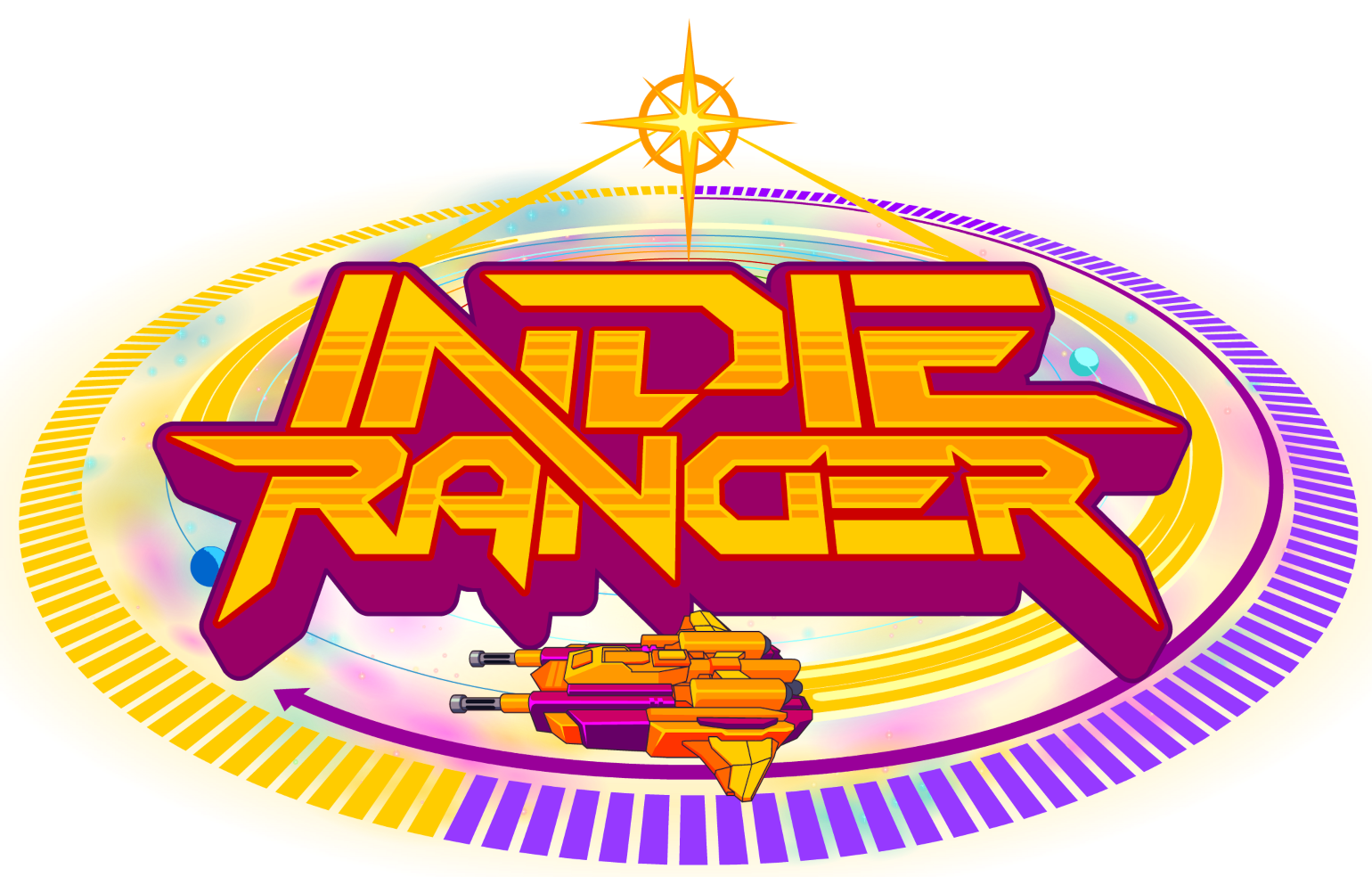Rising Dusk is a solo projected that was sucessfully funded via Kickstarter and blends interesting puzzle elements and level design with a generally fantastic soundtrack.
The game revolves around the very interesting and fun concept of avoiding coins. These coins are used to either allow or block passage through areas. For example, having two or more coins would not allow Tamako to cross through certain bridges without the ground disappearing, and having less than two coins would allow for safe passage across.
The game never handholds, and everything that is needed to be known is clearly conveyed through the excellent level design. Almost all of the later levels require puzzle solving to get through them, but despite that, they are easy enough for anyone to get through after a bit of thought.
The real challenge comes in when it comes to collecting the many hidden items and collectibles in the stages. Now, some of them are just sitting there waiting to be collected. However, a lot of them will take some time and many attempts to nab them. Every stage plays like an expansion of the unique anti-coin gameplay and for the most part, all of them are enjoyable, but there a few issues.
The level design, despite being very well done, can get a little bit boring to look at. Specifically, the stages where Tamako jump on blocks in the air as the background of ”sky” can get a bit dull at points. In sections where the camera moves and the player must follow, I found the camera to move a bit too slowly, especially in the final stage. In these levels, the player can take shortcuts.
Even with the right amount of coins, the player is left to sit and wait for a while for the camera to catch up, in a way ruining the point of these shortcuts. The anti-coin mechanic is great in this game and doesn’t overstay its welcome as Rising Dusk is quite short. In certain stages, the player will have to jump over pits – not leading to death but leading to a coin that would bar the player from getting everything in the stage. As previously stated, some of the puzzles will really have the player stop to think for a few minutes about what to do, especially with the challenges that are unlocked by collecting Golden Cat statues all around the world.
The game has a well-done checkpoint system, often putting them at just the right places after a tough section of platforming puzzles. A problem with the checkpoint system, however, was that it doesn’t allow the player to restart the level after a checkpoint is reached. You would need to restart the level if you accidentally got too many coins to get the collectibles, this can easily be fixed by just adding a ”restart level” option after you got a checkpoint.
Rising Dusk does pull the whole “collect more to unlock more” move, but the player will probably have most of the items needed anyway and it is easy to tell which levels will house them – especially since there is a skull flying around each level which houses one. There is also a shop which houses interesting powerups. For those who don’t want to collect everything to finish the game, they can just buy quest items for coins.
This game’s graphics and art style are brilliant. Almost every single level is different from the last (not including the aforementioned sky levels) and it constantly introduces new enemies with designs based off of old Japanese folk tales and beautiful new environments. One minute Tamako is in a field filled with monsters creeping up from the ground, the next she’s taking a secret exit to a bathhouse and have to wash a giant Oni’s foot.
If you have ever played the SNES game Pocky & Rocky you will be reminded of it in this game. Every enemy is inspired by old folk tales bringing in really creative, and in some cases creepy, designs. Due to the short nature of Rising Dusk, The player can very clearly see that the developer took time to make almost every level memorable. My biggest complaint about the art style is the final boss itself – which I won’t spoil – but is a bit of a let down compared to other bosses.
The soundtrack this game has is one of the best parts of it. It is so good that I booted up a few levels just to listen to the soundtrack. For the most part, every track is memorable and fresh and compliments the level perfectly. In a quiet field? The music is calmer and more peaceful. In the city then the music is more energetic and upbeat. It has a clear inspiration from Japanese music which feels very fitting for the art style and themes of Rising Dusk. The soundtrack is worth the ten dollar price tag in of itself. However, a big gripe I have is that every single time the player dies, the loop repeats. So if the player is retrying over and over again the music will loop over and over again getting quite redundant and tedious.
Rising Dusk has a very high replay value, with my three hours and a half with the game I didn’t even get to see all of the alternate routes and paths that can be taken and, even if I did, I would have still gone back to get all the collectibles and unlock all of the special challenges. Finding new ways to use the power-ups bought in the shop also improves the replayability of this great game.
Rising Dusk releases on Steam and Itch.io tomorrow.






